A beginners' guide to UK 80’s indie in five essential albums
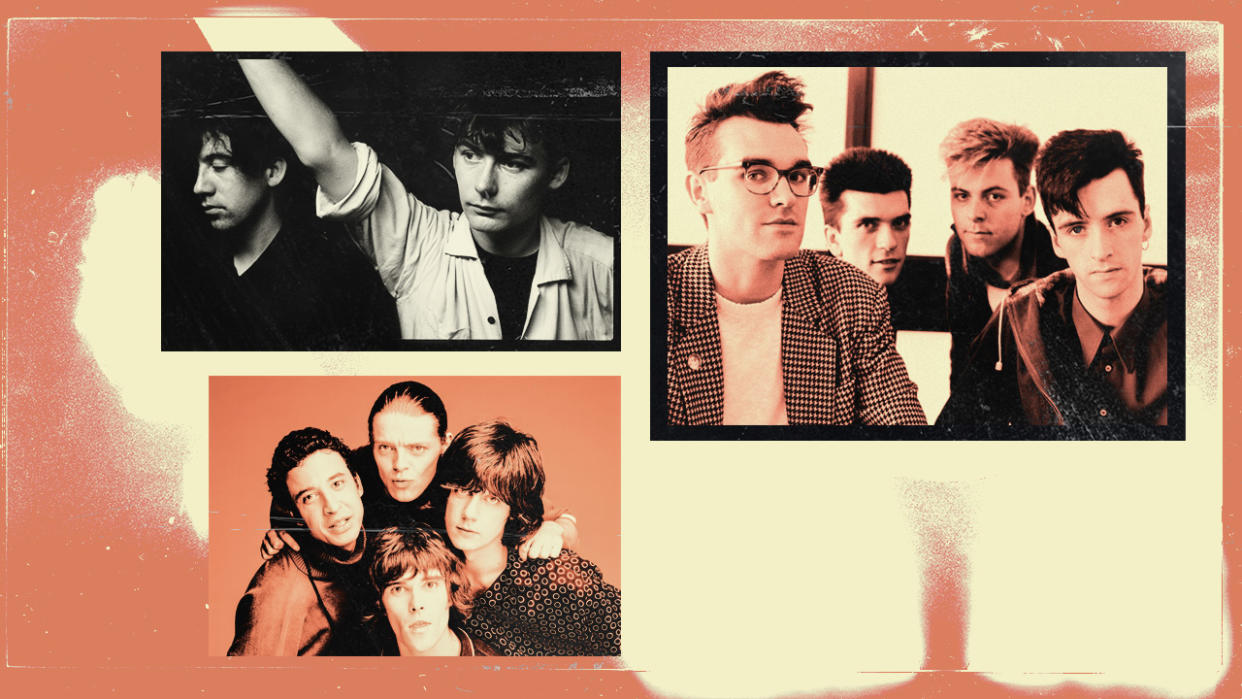
Although the birth of 'indie' in the United Kingdom can be traced back to the 1970’s, with elements of the sound traceable in everything from Bowie’s Berlin period to Paul and Linda McCartney’s Ram album to Buzzcocks' hugely significant Spiral Scratch EP, it was the 1980s that is considered the true golden age of the genre.
The mod revival, new wave and post-punk movements that were spawned from the punk scene continued to evolve throughout the decade, ultimately coalescing into the cache all term of indie, in the process giving us one of the broadest, most eclectic and creatively fertile periods in British guitar music.
Whether it was borrowing from the experimental sounds of 60’s psychedelic rock, the dark, dour feel of goth, the strutting glam of Roxy Music or even the explosion of a brand-new style in acid house and electronic music, the amount of classic records released in this period is quite staggering. Here is that story in just five albums.

Orange Juice – You Can’t Hide Your Love Forever (1982)
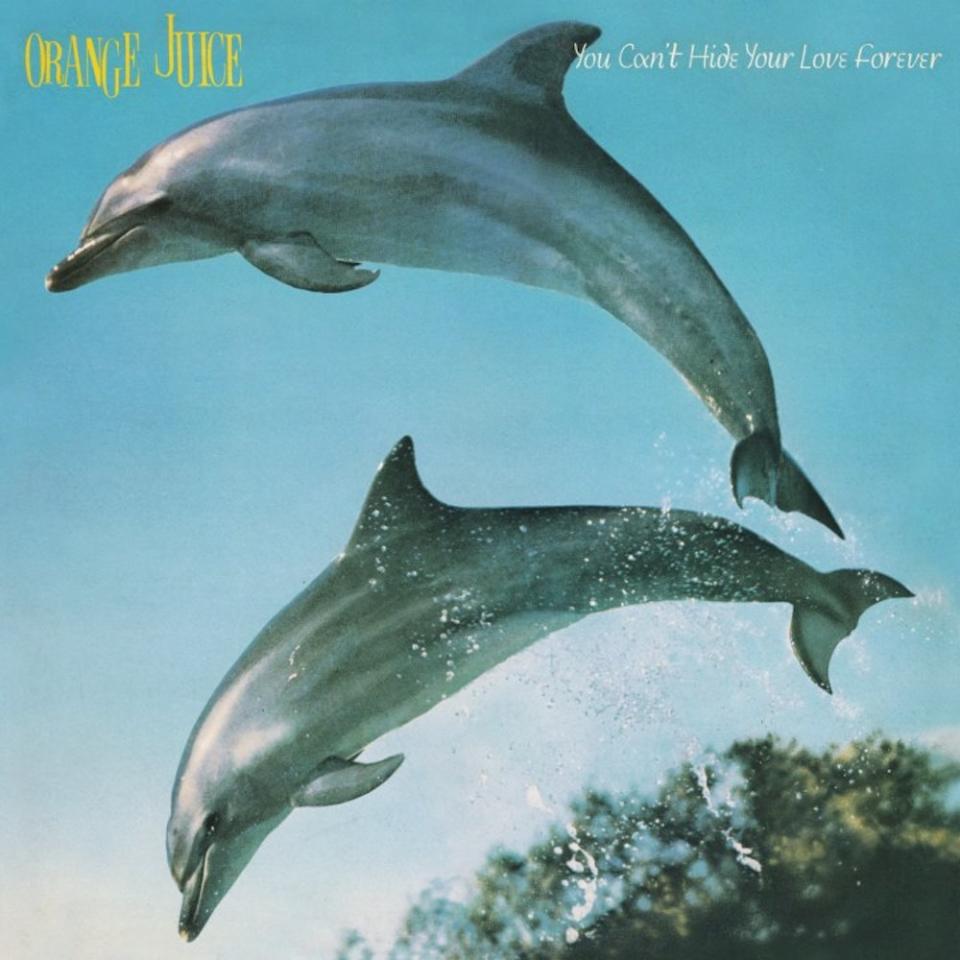
As tempting as it would be to pick a massive selling or iconic artist like The Jam or Echo & the Bunnymen here, you’d be mad to sleep on Scotland’s Orange Juice if looking for a band with a long lasting and clearly evident influence on the sound of indie-rock here in the UK.
Although their second album Rip it Up, released later the same year, is almost certainly the one they’ll be remembered for as it features their most well-known song in the form of the album's title-track, the band’s debut album is arguably more ahead of its time and features more signposts as to where the genre would travel throughout the decade and beyond.
Frontman Edwin Collins is now rightly revered as one of Britain’s finest ever songwriters, and You Can’t Hide Your Love Forever expertly nails everything from the pure pop that would make Blur superstars on Wan Light, the weird garage jangle so beloved of Franz Ferdinand on Tender Object, the mod-revival sound of basically half of the Brit-pop bands on opener Falling and Laughing and indulge in the dry wit and sarcastic pomposity that Morrissey would end up making a career out of. It may be the lowest seller on the list, but, song for song, it can compete with any album here.
The Fall – This Nation’s Saving Grace (1985)
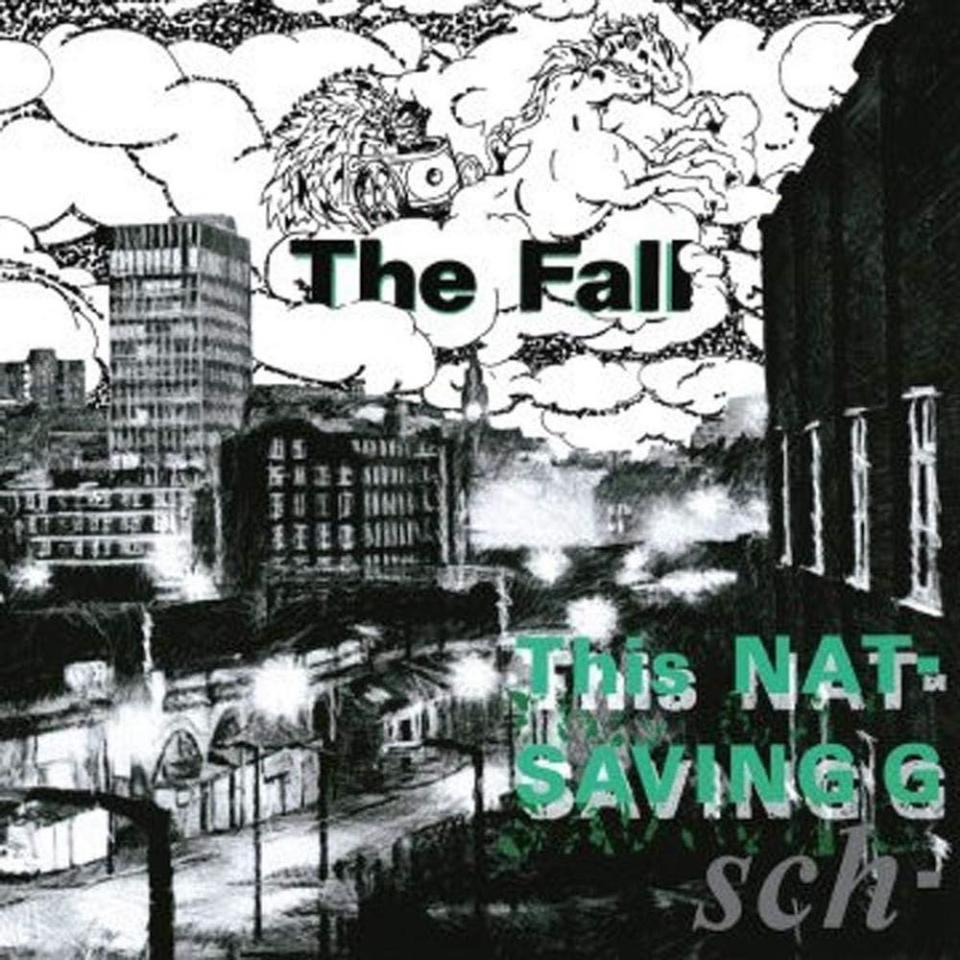
For decades The Fall have been the United Kingdom’s ultimate cult band. The late Mark E. Smith and his ever-revolving cast of musicians gobbled up an endless number of musical styles and genres over the years, but their eighth studio album, This Nation's Saving Grace, could well be the one with the longest lasting impact.
Unsurprisingly, line-up changes had plagued the band prior to the recording of the album, with their rhythm section, brothers Paul and Steve Hanley, leaving in 1984. Still, Smith had a good relationship with producer John Leckie, who seemed to have a knack for bringing out the pop sensibilities in guitarist Brix Smith, whilst also keeping the chaotic punk rock edge that had come to define The Fall. The result is an album that is full of swerving post-punk and Smith’s distinctive yelping, but also is catchy as hell. Songs like the jangly dance noise collision of Bombast, the slow hand blues goes post-punk of Vixen or Spoilt Victorian Child, which is a both a fantastic ear-worm and a disorientating noise freak out, are all fantastic.
Within a few years, Pavement, Sebadoh and more would adopt similar principles, and Blur sold a shit load of records a decade down the line copying this exact blueprint.
The Jesus and Mary Chain – Psychocandy (1985)
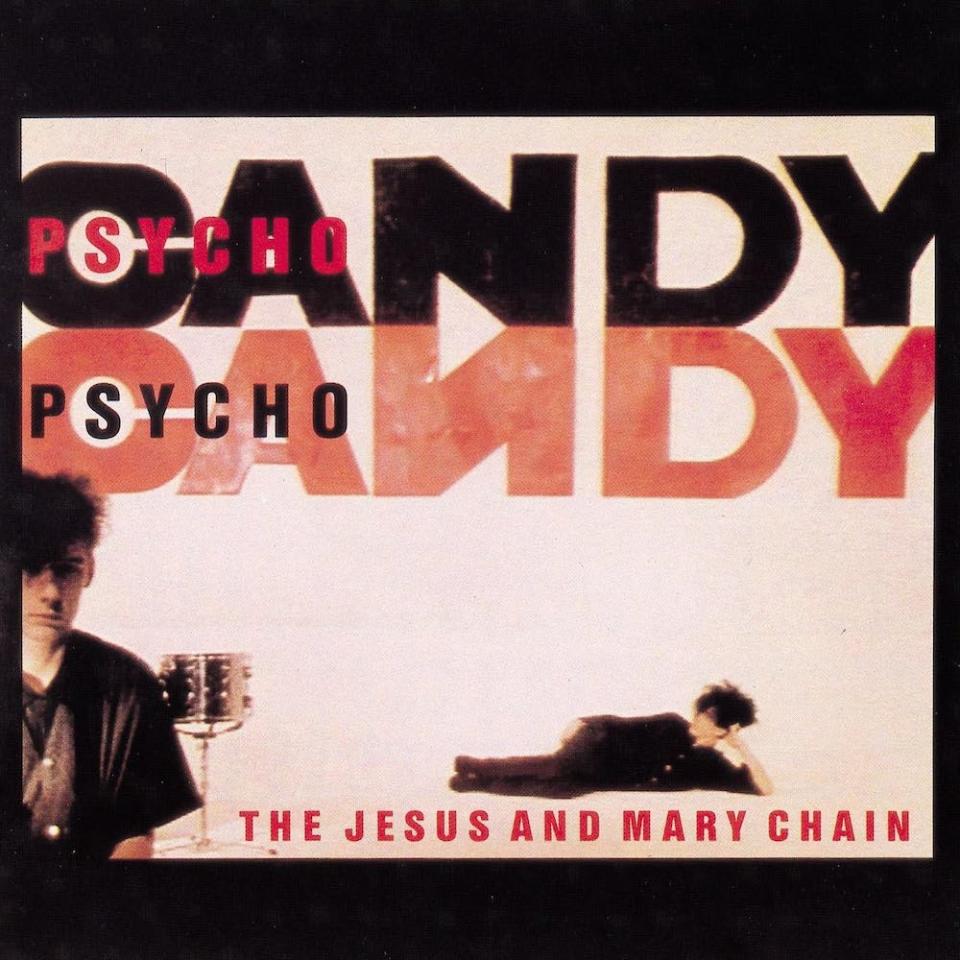
If Orange Juice showed how pure pop could be utilised in an indie framework and The Fall pointed the way toward more discordant and angular sounds, both being hugely influential in the process, so The Jesus and Mary Chain did the same by taking the harshness of noise rock and giving it a melodic, marshmallow quality.
The result of Jim and William Reid’s desire to mix harsh Stooges guitars with sunkissed Beach Boys melodies and a Phil Spector-esque wall of noise, Psychocandy did that to a tee, leading to them doing as much as anyone (possibly bar Cocteau Twins) to invent a design for the shoegaze bands that would begin to spring up in their wake. Beyond its influence though, this is just a perfect noisy, indie rock record: when The Jesus and Mary Chain rage on In a Hole they sound magnificently raw and gutsy, the riff on The Living End wouldn’t be a million miles away from Black Flag were it not for the chamber pop vocal, and when they’re delicate, such as on the goth Isley Brothers swing of Cut Dead, they as fragile as music can be. Wonderful stuff.
The Smiths – The Queen is Dead (1986)
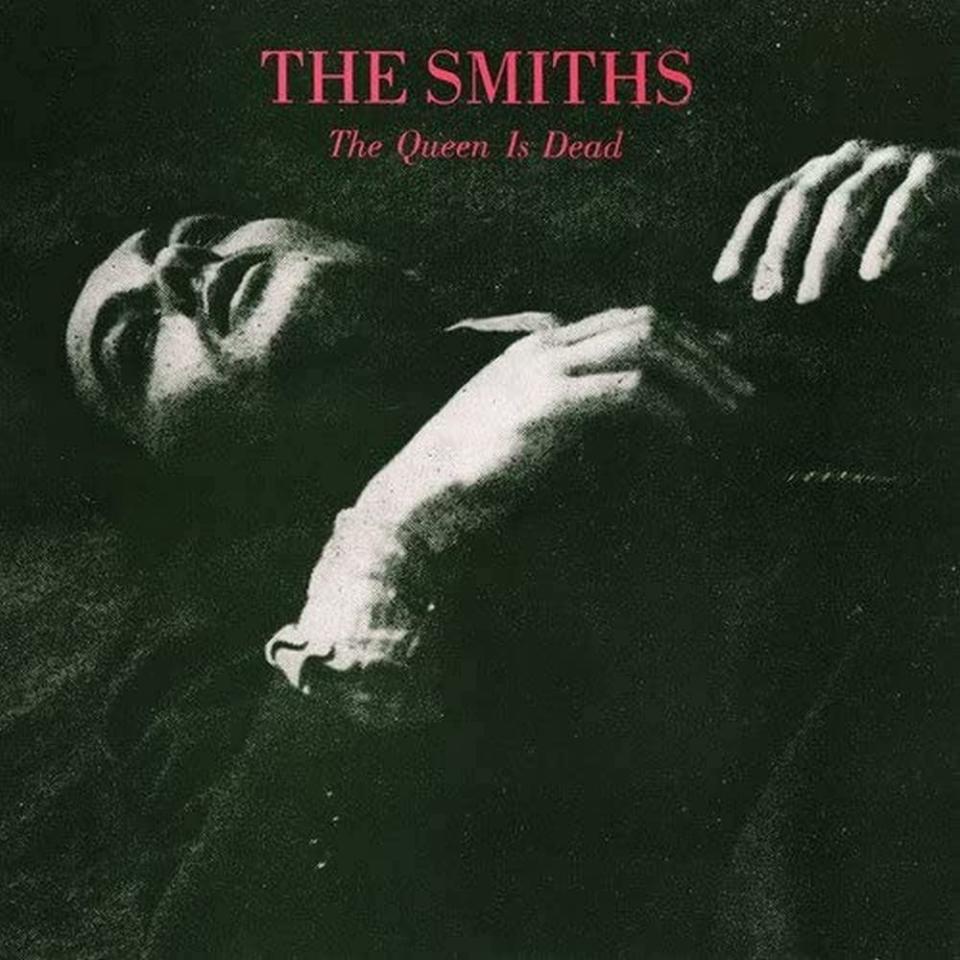
The Smiths were already a cult favourite who had begun to fully cross over into the mainstream when their third album was released. And there’s no real radical change to their approach on The Queen is Dead, but the sheer strength of songs here dictate that this is the album that had to be included.
Where previous darlings of the UK indie scene like Robert Smith or Ian Curtis were glumly downbeat (the former) or genuinely tortured (the latter), frontman Morrissey brought an arch sense of the hopeless romantic to the scene. His palpable sense of disappointment, distain even, mixed with wonderfully overdramatic lyrics, such as comparing himself to Joan of Arc on Bigmouth Strikes Again, brilliantly give real emotional heft to these songs. That plus the unique guitar work of Johnny Marr and the superbly underrated rhythm section of drummer Mike Joyce and late bassist Andy Rourke created a perfect balance of power and pathos, influencing everyone from Suede to Pulp to The 1975 to an entire generation of US emo artists in the process.
The Stone Roses – The Stone Roses (1989)
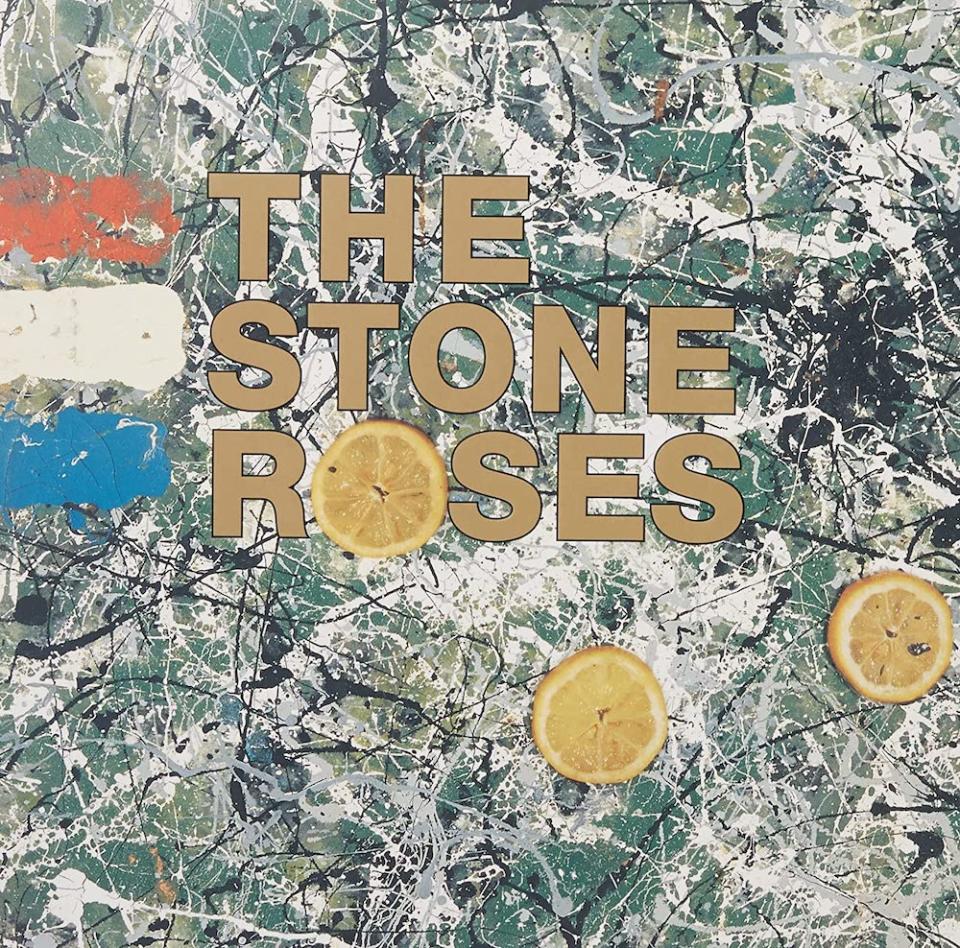
Somewhere there is an alternate universe where The Stone Roses were able to follow their remarkable debut album up quickly and, most importantly, with a similar level of quality, and they go on to be the definitive band of the 90’s. That’s obviously not what happened, but, nonetheless, The Stone Roses have more of a legacy than many artists with 40-year careers and multiple albums could dream of achieving.
As the second summer of love blossomed in mid-1989, as the barriers between guitar music and the euphoric sounds of the free party, acid house movement crumbled away and as young fans found common ground in sharing the pure joy that music can bring, there couldn’t have been a better world for The Stone Roses’ debut album to be born into. Their mix of 60’s psychedelia, most notably in the sublime guitar tone and playing of John Squire, the throbbing, beat filled pulsing rhythms of bassist Mani and drummer Reni, and Ian Brown’s brilliantly breathy, wonder-filled vocals, utterly encapsulated everything that felt revolutionary, beautiful and special about that time.
If the track listing reads like a greatest hits set, that’s because it basically is: Made of Stone, Waterfall, I Wanna Be Adore, She Bangs the Drum and, of course, the breathtaking closing I Am the Resurrection are all iconic songs. From the look, to the influences they were bringing to the genre, they created the blueprint for the Brit-pop explosion that would follow in the 1990’s. An explosion they sadly went AWOL for, but, regardless, their influence was inescapable.

